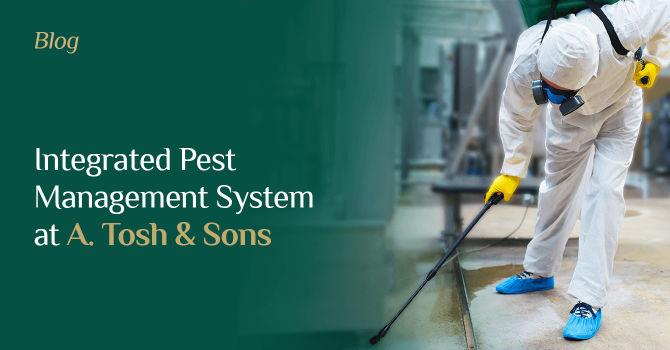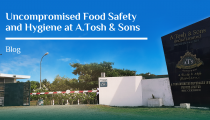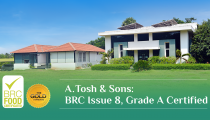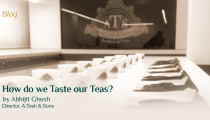Integrated Pest Management System at A. Tosh & Sons

The quality control measures at our campus include an integrated plan to keep the environment safe from pests that can result in damages and setbacks. As a value-driven tea company that attaches importance to food safety and food hygiene, A. Tosh & Sons have engaged a leading pest control partner to carry out regular audits and pest management initiatives. The result is pest control measures that are at par with the global standards.
A. Tosh & Sons were one of the early adopters to introduce Integrated Pest Management program at their facilities. The program, specifically designed based on the findings of the audit, is unique to the environment of the facility and the nature of the food product.
Effective Integrated Pest Management also helps the unit stay safe. It focuses on eliminating possibilities of entrance of the pests. The execution of the program is an ongoing process involving several steps.
The first step towards protecting the facility begins with a thorough inspection. Based on the outcome of the audit, the frequency of specific pest control activities is decided. The foundation of effective pest control is a schedule of regular inspections conducted to know the effectiveness of the program. Routine inspections focus on areas where pests are likely to appear and identify any potential entry points, food and water sources, or zones that possibly encourage pest infiltration.
Regular inspections demonstrate the effectiveness of the program. One of the most effective prevention measures is exclusion. Performing structural maintenance to close potential entry points revealed during the inspection, making it mandatory to pass through a double door entry system (generally an L-shaped structure) to gain access to facility as well as subjecting all materials, teas, and manpower to pass through an air shower.
The double door concept is to prevent the entrance of pests at the same time as the personnel are entering the area. Depending on the requirement, different devices such as a fly catcher, rodent box, etc., are installed at strategic points to contain the pests before they gain access to the facility.
Well-trained staff from PCI, our pest control partner, visit our facility to audit and to inspect the effectiveness of the pest control program, to carry out the necessary changes, to evaluate the measures, and to monitor pest activity, if any. They identify any potential pests before an infiltration can actually begin.
Pest control is successful when all the measures are effective. Pests proliferate in conducive conditions, e.g., moisture promotes mold formation/growth. The objective is to identify the pests as well as the countermeasures. If a single pest is found inside despite all measures, it means the pest control program has not achieved its desired objective.
An Integrated Pest Management plan involves the use of non-chemical control methods like exclusion, baiting, or trapping. Rodent baits and fly catchers (non- electrocution) are provided at strategic locations. Being a food processing facility, the focus on non-chemical options also ensures avoidance risk of cross- contamination from chemicals that may happen otherwise if such chemicals are used inside the facility.
Since pest management is an ongoing process, constantly monitoring our facility for pest activity and operational changes can protect against infestation. A. Tosh conducts awareness programs for all the staff about the importance of pest management program. This serves as a complementary tool, whereby they can stay alert to potential new threats as well as ensuring the existing plan is carried out effectively. In addition, a trend analysis is carried out at regular intervals to check the effectiveness of the pest management services and identify any Problems.
In addition to assessing the effectiveness of the pest control program, pest control documentation also helps in validating and verifying the actual initiatives undertaken. It identifies scope of improvement. Some of the important documents include pest activity reports, service reports, corrective action reports, and trap layout maps. As mentioned above, the documentation also comes in handy at the time of other audits like BRC, where food safety auditors have access to evidence of pest control management.
Customers appreciate hygienic production, and their confidence in food safety and hygiene raises the reputation of the business. All the products from A. Tosh & Sons are of the highest standards. Providing a safe environment for processing and packaging indicates that we give due importance to food safety and hygiene. Our business cares about the well-being of customers. Such measures go a long way in building and maintaining the trust and confidence of our customers.



